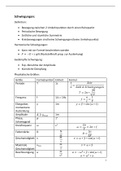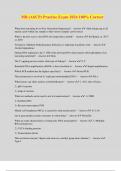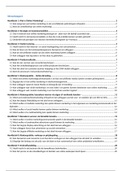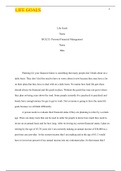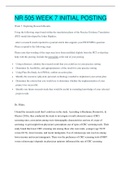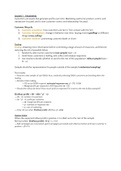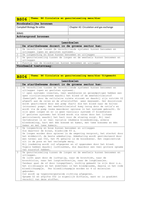Samenvatting
Zusammenfassung Physik LK Schwingungen und Wellen Lernzettel
- Vak
- Instelling
Dieser Lernzettel für den Physik-LK thematisiert das Semesterthema der Schwingungen und Wellen. Eingegangen wird auf mechanische Schwingungen, das Huygens-Prinzip, sowie optische Phänomene und elektromagnetische Wellen. Vor allem die Beugung und Interferenz an Doppelspalt und Gitter werden vorges...
[Meer zien]
